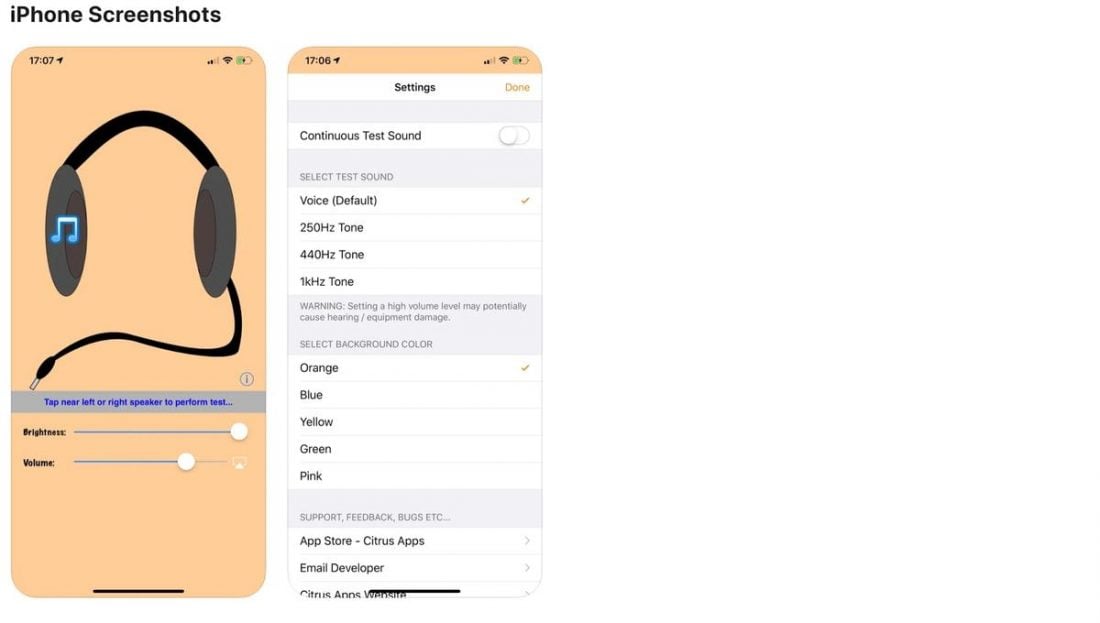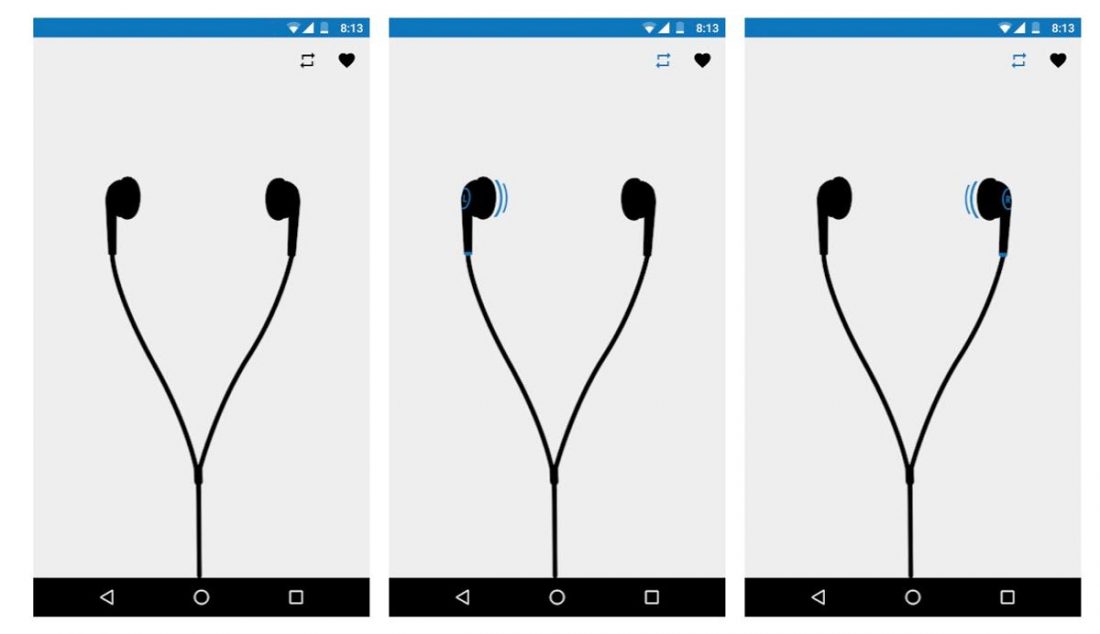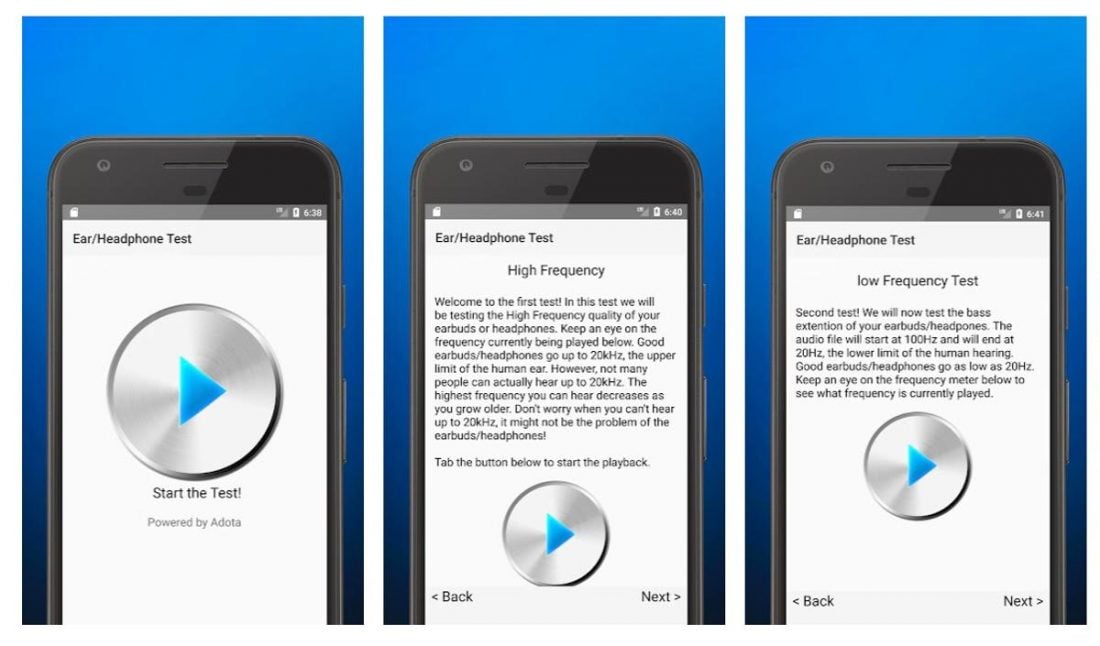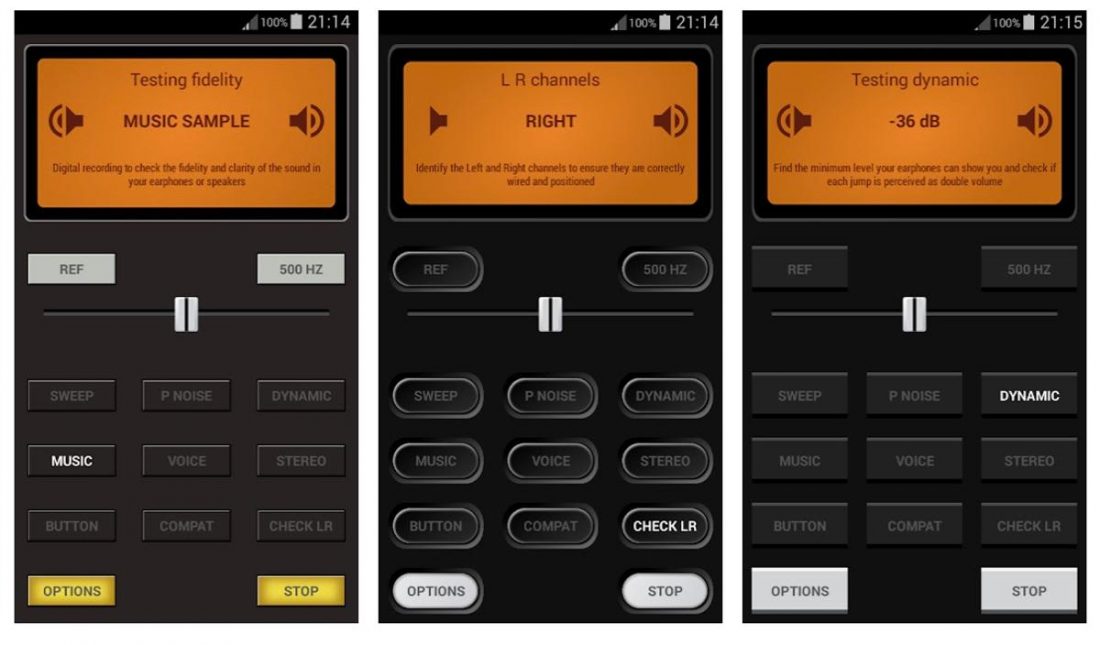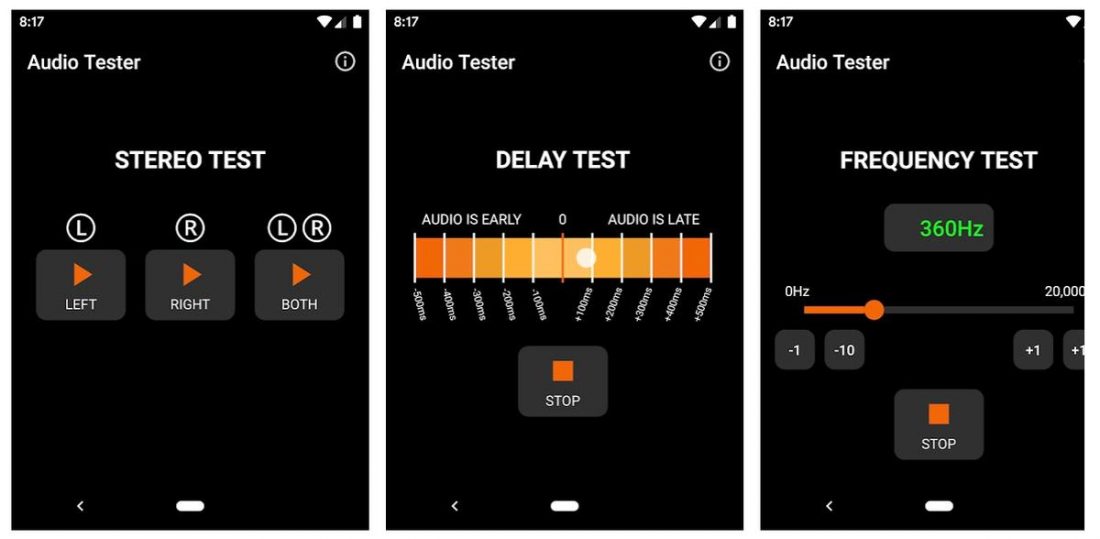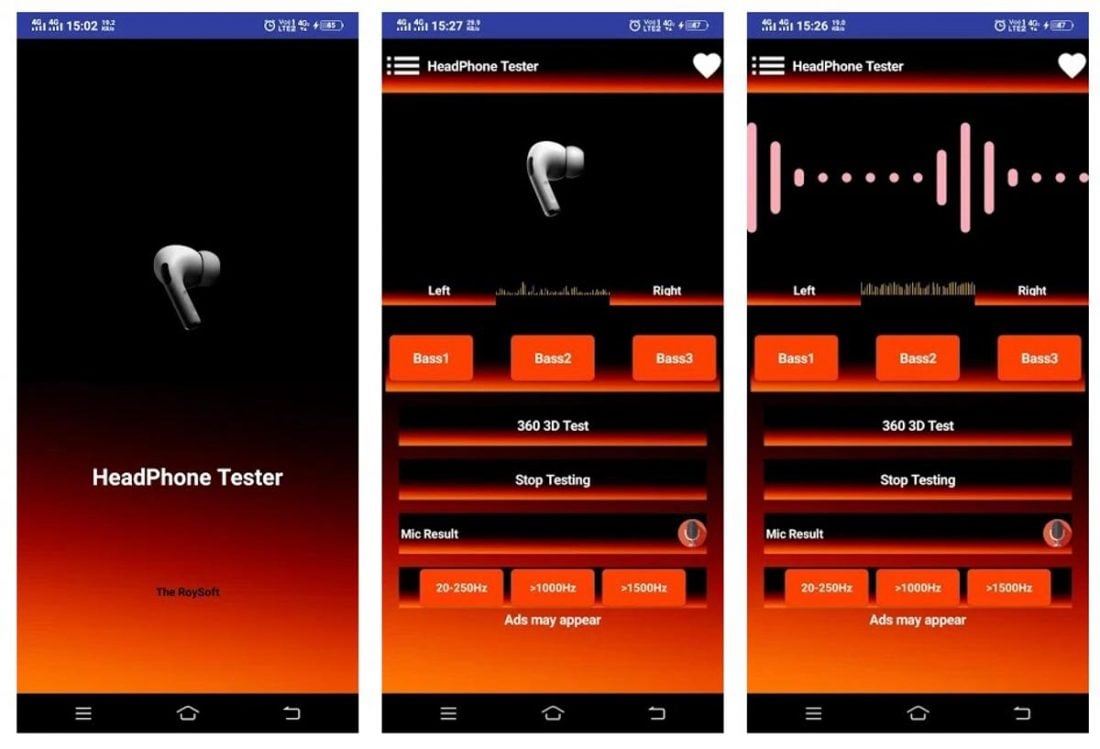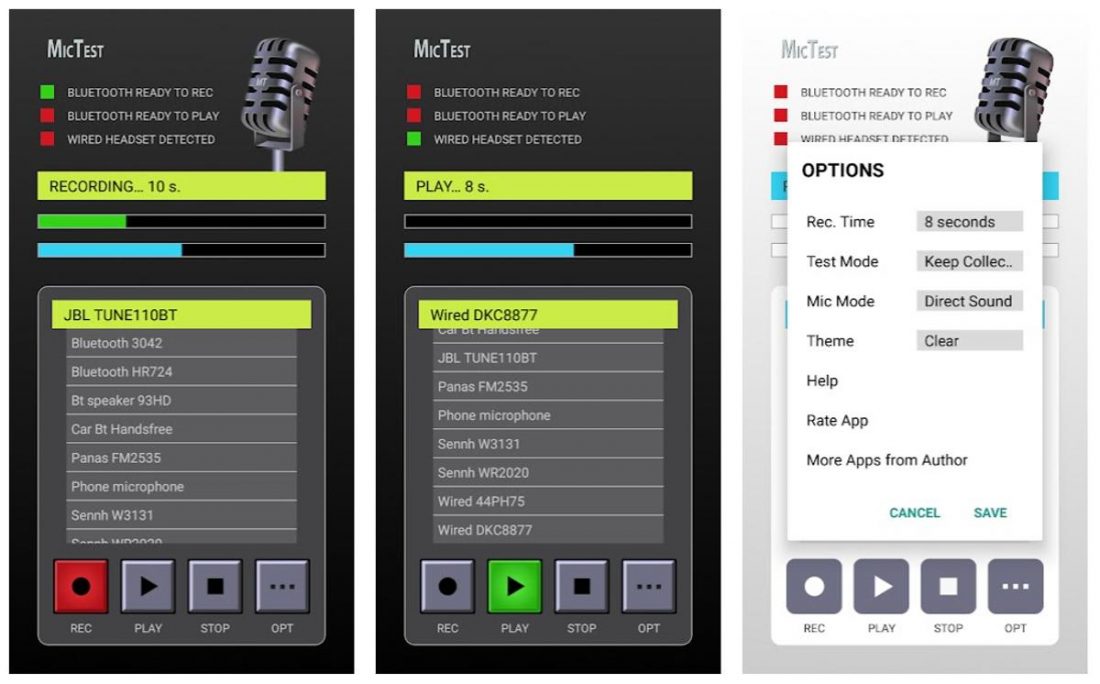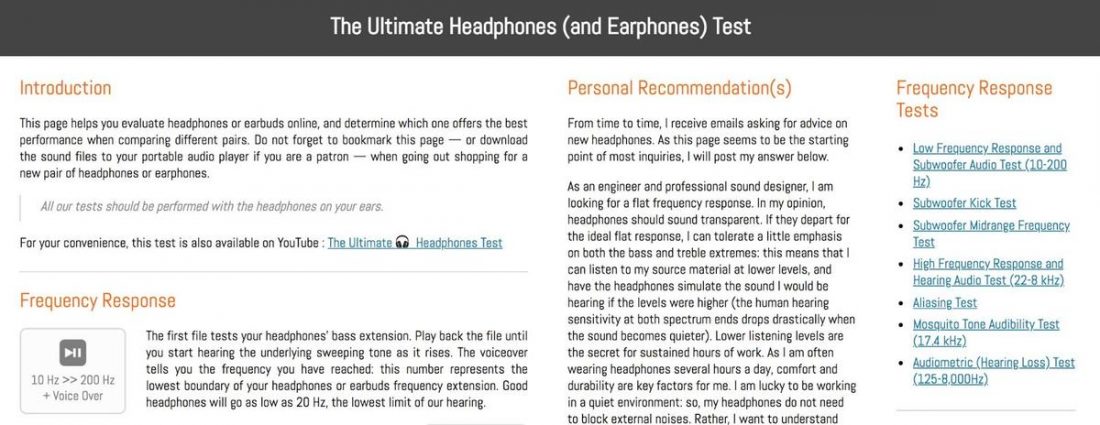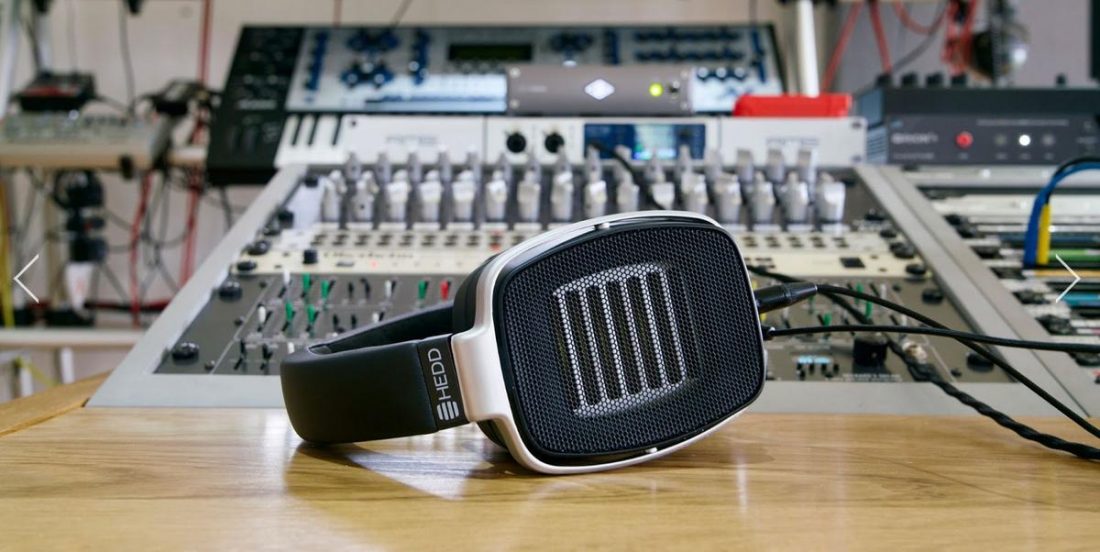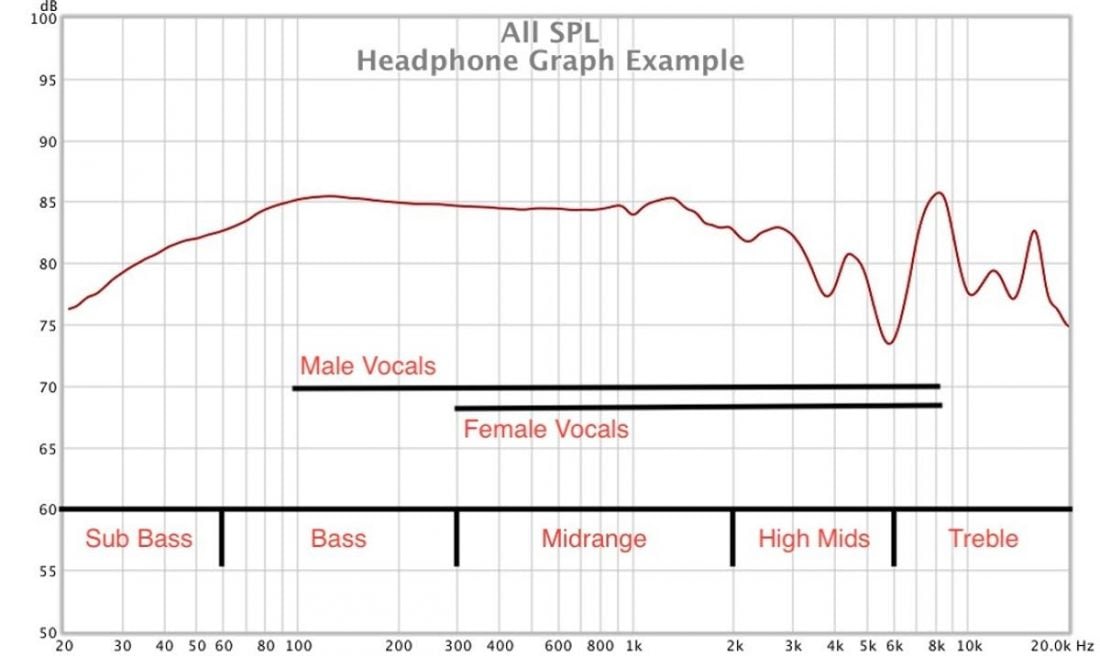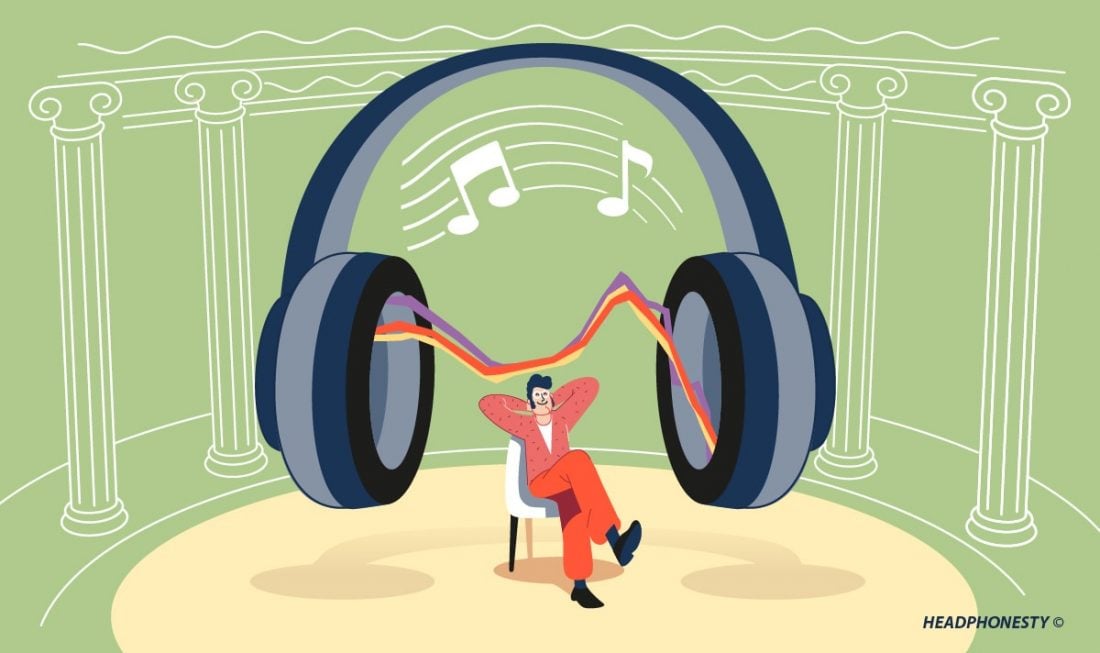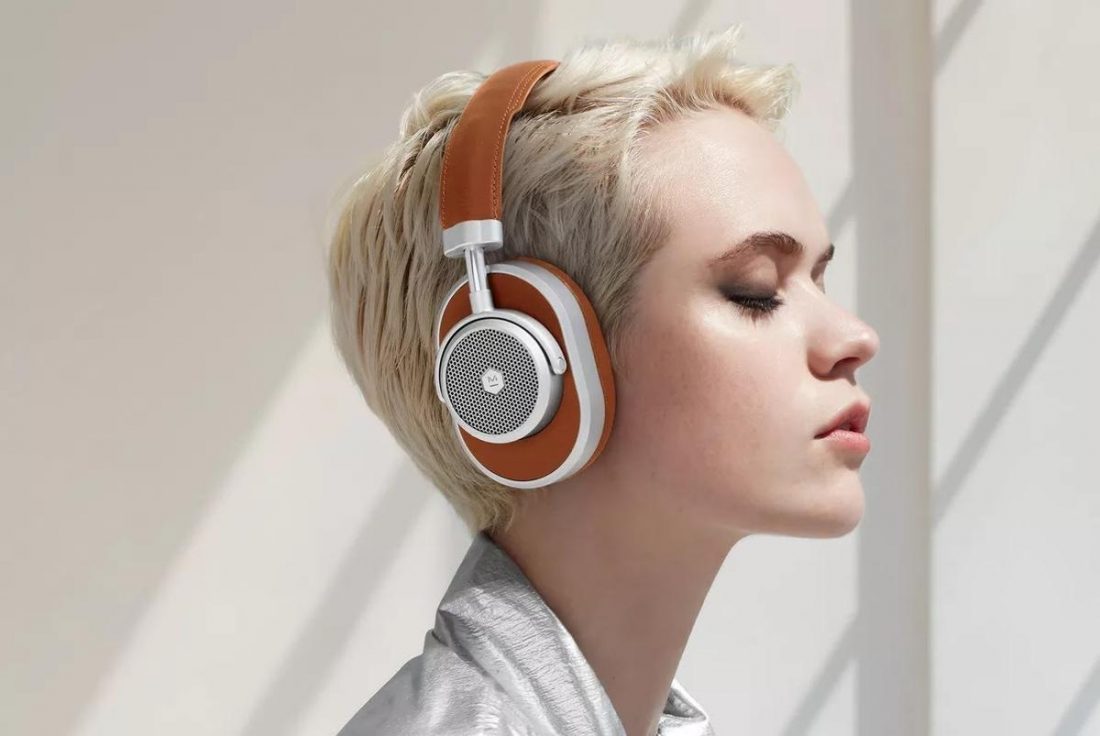Perhaps you are new to the headphone world and trying to make your first purchase. Or maybe you are looking to upgrade your current pair of headphones. Clearly, you have to figure out which headphones are the perfect ones for you. How do you choose the best sounding pair of headphones to buy?
I’d love to tell you that there is a clear-cut, objective, and simple way to answer that question. Unfortunately, I can’t. There may be nothing more subjective or complicated than the topic of sound quality. Our personal expectations, experiences, biases, and preferences all combine to make one pair of headphones our favorite, even while they may be dismissed by others. Often poor-performing headphones have a more universal agreement, as bad audio tends to sound bad to most folks. However, in the world of many decent performers, it’s up to the individual to determine what they prefer. The purpose of this article is to identify some tools, terminology, and audio characteristics to help a potential purchaser differentiate between headphones. For industry professionals and dedicated enthusiasts, there are specialized measurement tools available to graph the frequency response of headphones and IEMs. Performing these measurements is beyond the scope of the average consumer, although we will take a look at how to interpret the graphs. Ultimately, there are no better tools available than the ears on your head, once you learn how to critically use them. So let’s dive in and figure out how to perform our own headphone audio quality test.
Mobile Apps to Test Sound Quality
A simple place to start is with some basic headphone test apps. If you are trying out different headphones in a store, it’s almost certain you have your phone loaded up with your favorite music (or streaming service) in your pocket. Why not come prepared with a full suite of test applications as well?
Headphone Check (iOS – Free) – Starting with the very simplest tool, Apple users may want to check out the appropriately named Headphone Check app. Its sole purpose is to ensure that the Left and Right channels are properly oriented. Headphone Check app from the Apple Store.
Left Right – Stereo Test (Android – Free) – An Android app with the same functionality as Headphone Check. Left Right – Stereo Test from the Google Play store.
Ultimate Ear – Headphone Test (Android – Free) – A more complete toolset to test high and low frequencies, stereo, binaural, and the golden frequency (1.618 Hz). Ultimate Ear – Headphone Test from the Google Play store.
Earphones Test + (Android – Free) – A unified set of tests including frequency sweeps, pink noise, music, voice, stereo, and some Android device compatibility tests including buttons and headset wiring. Earphones Test + from the Google Play store.
Audio Tester (Android – In-App Purchases) – Tests stereo, audio delay (useful for Bluetooth), and frequency range. Audio Tester from the Google Play store.
Headphone – Test Your Headset or Bluetooth (Android – Free) – Test bass frequencies, 360 degrees 3-D sound, and the microphone. Headphone – Test Your Headset or Bluetooth from the Google Play store.
Mic Test (Android – Free) – Test the quality of the headset’s microphone by recording and playing back your voice. Mic Test from the Google Play store.
By using some of the more fully-featured apps above, you’ll be able to listen to frequency sweeps through the entire audible spectrum. This way you can hear which frequencies are boosted, and identify which sounds the headphones simply can’t reproduce. On a very basic level, things should sound relatively balanced, and the headphones should be able to reproduce very low, and very high frequencies in order to provide the best audio experience.
Web Apps to Test Sound Quality
Additional testing tools are available through websites and streaming services.
The Ultimate Headphone Test – Original Audiocheck Test Tones (Spotify) – Ten test tones including high and low frequencies, binaural, spectral flatness, dynamic range, driver matching, polarity, and burn-in. The Ultimate Headphone Test (Original Audiocheck Test Tones) on Spotify. The Ultimate Headphones (and Earphones) Test website.
The Ultimate Headphones (and Earphones) Test (website and YouTube) – Includes frequency response, spectral flatness, dynamic range, quality, driver matching, wiring, and binaural tests.
You must keep in mind that all these artificial tone tests will only tell you so much about a pair of headphones. Who spends their valuable time listening to frequency sweeps anyways? All you really care about is how the headphones sound reproducing music. Specifically, how they sound playing the types of music that YOU listen to. In a perfect world, every pair of headphones would be an excellent jack-of-all-trades, able to play back any music genre with aplomb. Do you primarily listen to death metal? EDM? Acoustic folk? Classical? Those vastly different music styles all have unique playback requirements. A pair of headphones with a boosted low-end response may perfectly fit your EDM-loving tastes, while they may be a poor choice for an acoustic folk music listener.
Music Characteristics to Look Out for During Sound Quality Check
Ask a hundred headphone enthusiasts what they listen to (and for) when they evaluate the playback quality of headphones, and you’ll likely receive a hundred different answers. And this is how it should be. While it’s very interesting to try recommendations from others, it’s pretty difficult to objectively assess what you are listening to if you aren’t familiar with the source material. Regardless of your musical tastes, a good starting point is to classify audible characteristics within the music.
Music characteristics for evaluating headphones
The nine characteristics above, much like this entire process, are going to be influenced heavily by your own perception and understanding. And certainly, none live in a vacuum, and the characteristics greatly influence each other. At first, it may all seem like too much information, or too subtle to perceive, but let me assure you that, with practice, things do become clear. Better performers stand out from their peers. Start with the easy stuff like bass response and you’ll quickly notice which headphones are more or less adept.
Recommended Audio Tracks for Sound Quality Testing
As we discussed, nothing beats using the music you know and love, but sometimes we need a starting point. So I asked those hundred headphone enthusiasts what they listen to, and what they listen for, and assembled the list below based on their responses.
Sub-bass Bass Midrange Treble Balance Detail and Imaging Soundstage Rhythm and timing Dynamic range
Sub-bass
Bass
Midrange
Treble
Balance
Detail and imaging
Soundstage
Rhythm and timing
Dynamic range
Testing Other Aspects of Headphones
Unarguably, the most important aspect of testing headphones is in their ability to reproduce music. That is their very raison d’etre, after all. However, since we have to wear them, and we want them to last, things like the build quality and comfort also come into play and can’t be ignored. For example, the HEDDphone, from Heinz Electrodynamic Designs (HEDD Audio) are undoubtedly one of the finest sounding pair of headphones I have ever had the pleasure of auditioning. Their unique AMT drivers convey incredible dynamics, a sense of space, and outstanding resolution. The build quality is exemplary, reminiscent of the luxury automobiles crafted in their German homeland. Sounds perfect. Right? At 718 grams (1.6 lbs) the HEDDphone are the most massive headphones I have ever encountered. Donning them almost doubles the width of your head, and long-term listening sessions require neck muscles rivaling The Rock. If somehow the weight was cut in half, they might be my end-game headphones. As is, they were a really fun loaner pair that I wasn’t too devastated to see returned. With headsets, microphone quality may be an important consideration for you. With Bluetooth headphones, codec support, signal range, stability, battery life, noise-canceling, and multi-point pairing are all aspects to be weighed in your decision.
Interpreting Frequency Response Graphs
While it is not possible to perform headphone measurements without specific (and often very expensive) testing equipment, more and more, you will find measurement graphs on packaging and included in reviews. What must be understood is that these graphs, while appearing like objective results, can easily be manipulated and subjectively interpreted in a variety of ways. For further detailed information on how I perform measurements, please check out this article. In general, measurement graphs appear like the example above, where an audible frequency sweep tone (from low to high) is played at equal volume and a microphone captures the headphone’s ability to reproduce the sounds. The x-axis is the frequency and the y-axis is volume. I’ve noted approximately where we delineate between bass, midrange, and treble frequencies. Additionally, the general location of where male and female voices also appear on the graph.
The equipment and usable range of the microphones will differ between testing rigs. Different hardware measurement setups do some things better (and worse) than others. The scale on the graph may be different between measurements, and the graph line may be more or less smoothed. A graph may be raw (unmodified) or compensation may be applied that alters the shape of the line depending on a particular target curve (Harman, diffuse field, etc). None of these crucial elements are immediately evident by just looking at a graph. Sound quality assessment often entails comparing new headphones to the ones that you know best. If a particular trusted website or reviewer has measured a headphone that you know well, then you are likely to gain some insight from their measurements of other headphones, as you can relate the measurement differences to the headphones you are familiar with. Remember though, that insight is limited to the data that the graph provides. The objective proponents in this hobby place a lot of importance on measurement graphs. Ultimately however, it’s the subjective interpretation of the graphs that wins out, and at best, graphs should only be used as a small piece of all the available information on a pair of headphones. The graphs tell us almost nothing about all those important musical nuances we were listening for (soundstage, detail and imaging, rhythm and timing, dynamic range, etc).
Conclusion
It turns out that the only way to test headphones is to put them on your head and listen to them. Shocking, I know! It’s that sort of revelation and wisdom that you read my articles to receive! Seriously though, there’s no replacement for experience. The more headphones you listen to, the more you will understand your own preferences, and what to listen for. Starting with a basic app that plays an audio spectrum sweep is an easy first step to identify boosted or missing frequencies. But then it’s time to put on some jams and listen. Really listen. Identify the parts of the songs that you know best. Where the bass note seems impossibly low. Where you hear the intake of breath of the singer before they start to sing or when you can hear the sounds of their fingers on the strings. Listen to see if you can locate the position of each band member on stage. Listen for the quietest sounds you can identify building into a crescendo of sound.
Give our list of test tracks a listen while reading the comments. See if you can identify what the original poster hears in the music. Immerse yourself in some of the lingo and descriptive terms for audio. Start identifying your favorite songs that illustrate those audio characteristics. Most importantly, decide what you like best in music, and what’s most important to you. Some listeners will be ‘all about that bass,’ while others will prioritize an expansive soundstage, or vocal warmth, or a zillion other aspects in music reproduction. There is no right or wrong answer. And it’s why there’s no single ‘best headphones ever’ award, or anything but the ‘best sounding headphones’ FOR YOU. You’ll always be comparing new headphones to your current favorites. And don’t let anyone tell you differently, but our collective audio memory is terrible. The guy that says “I haven’t heard those headphones for a while, but I listened to them once in a store, and this is how they sound and compare,” is not to be trusted. You need to swap back and forth between headphones, listening to the same song, and from the same source, in order to reliably identify differences. We’re really good at fooling ourselves into believing something instead of hearing it. My advice? Listen. Really listen. Then decide what the best headphones are for you.

